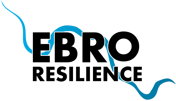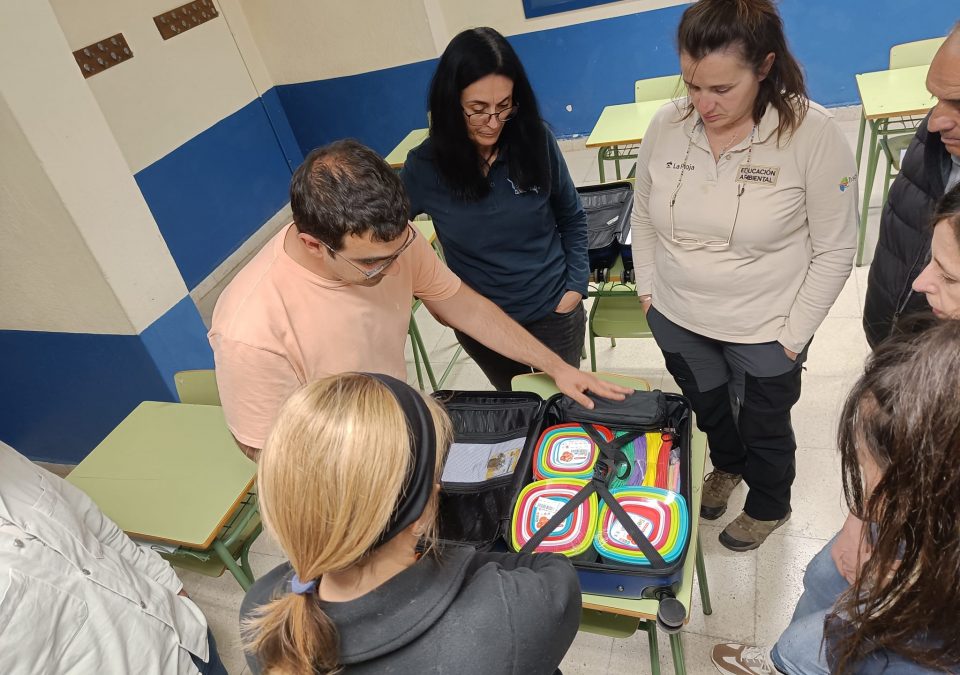The development of informative materials is a determining factor in making activities aimed at increasing the population’s knowledge about floods, measures to reduce their negative effects and actions to promote self-protection more effective.
In LIFE Ebro Resilience P1 great importance is given to the elaboration of these materials and for their development the members of the participation groups (co-creation groups) involved in the Project have been involved.
In addition to consulting all these materials, which we now describe, you can request them through the e-mail address lifeebroresiliecep1-participacion@tragsa.es.
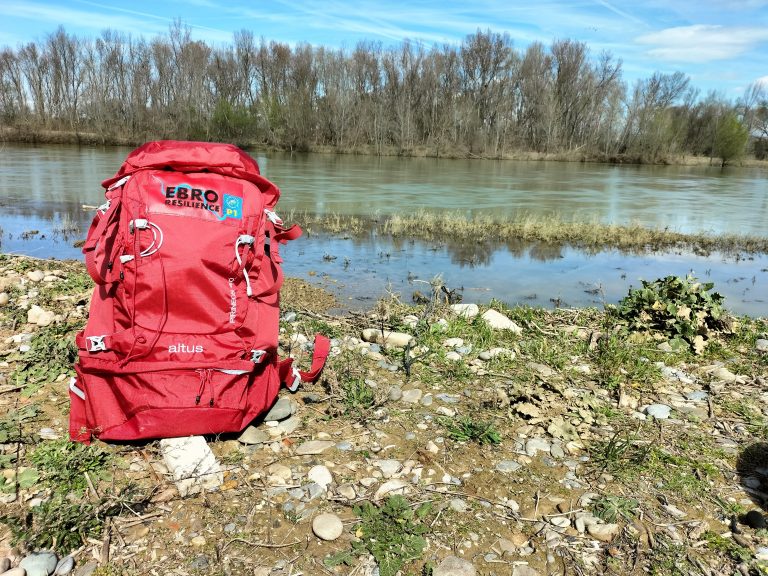
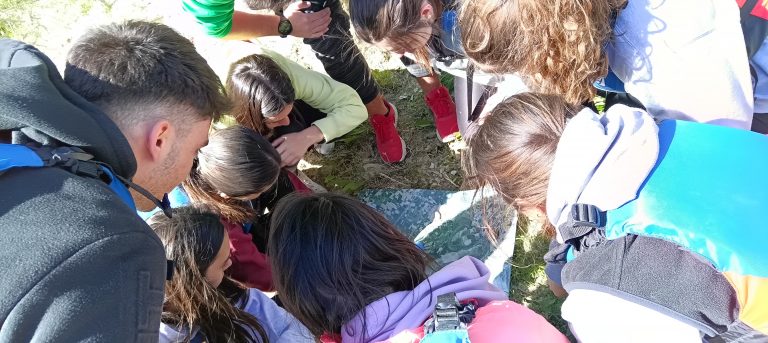
The project has a Capacity Building Plan . This document gathers all the actions aimed at improving the knowledge of the riverside population on everything related to the flood phenomenon; also to promote resilience and self-protection measures to reduce the negative effects of floods; to create citizen networks and spaces for analysis and participation.
To support these tasks, the materials published by LIFE Ebro Resilience P1 become a support for the dissemination and transmission of knowledge.
And for this, we have,
- Didactic units: already written and oriented to teachers of kindergarten, primary and secondary school. Teaching units are documents for teachers that plan the teaching process on a topic or subject.
- Didactic suitcases: already available to teachers.
- Educational and informative resource kits: resources on key aspects of flood risk management for interpretive outings for walking, cycling or sailing, focused on active tourism professionals and environmental educators. Maps, posters on flora and fauna…
- Interactive game on land use planning and flood risk management: a board game oriented to the third cycle of Primary, ESO and High School that is currently being edited.
- Information sheets: 10 sheets already prepared containing clear and precise information on flood risk management.
- Maps of interpretive routes: created in the project’s areas of action, aimed at teachers, active tourism professionals and environmental educators.
- Informative videos: aimed at explaining the different actions of the project.
The example of didactic suitcases
These complete kits, which are destined during the school year to schools, primarily in the LIFE Ebro Resilience P1 intervention areas, contain materials for teachers to carry out the activities included in the didactic units, which define educational contents.
These teaching units identify basic contents related to flood risk management and propose activities to learn about this phenomenon and how to adapt to it.
In 2024, meetings have been held with primary and secondary schools in the intervention areas (Alfaro-Castejón and Osera de Ebro – Fuentes de Ebro sections) and training is planned for teachers in order to implement the didactic units in the educational programs and to learn about the materials in depth.
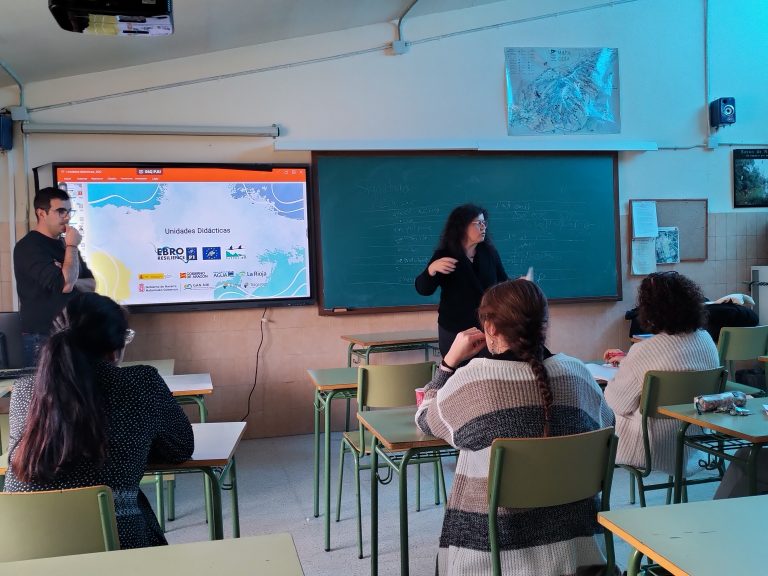
They are accompanied by six types of suitcases, adapted to the needs of each level and which have been defined and reviewed with the interested persons (riparian population, teaching sector, environmental educators) that make up the stable participation groups dedicated to communication and participation, the so-called co-creation groups 3.
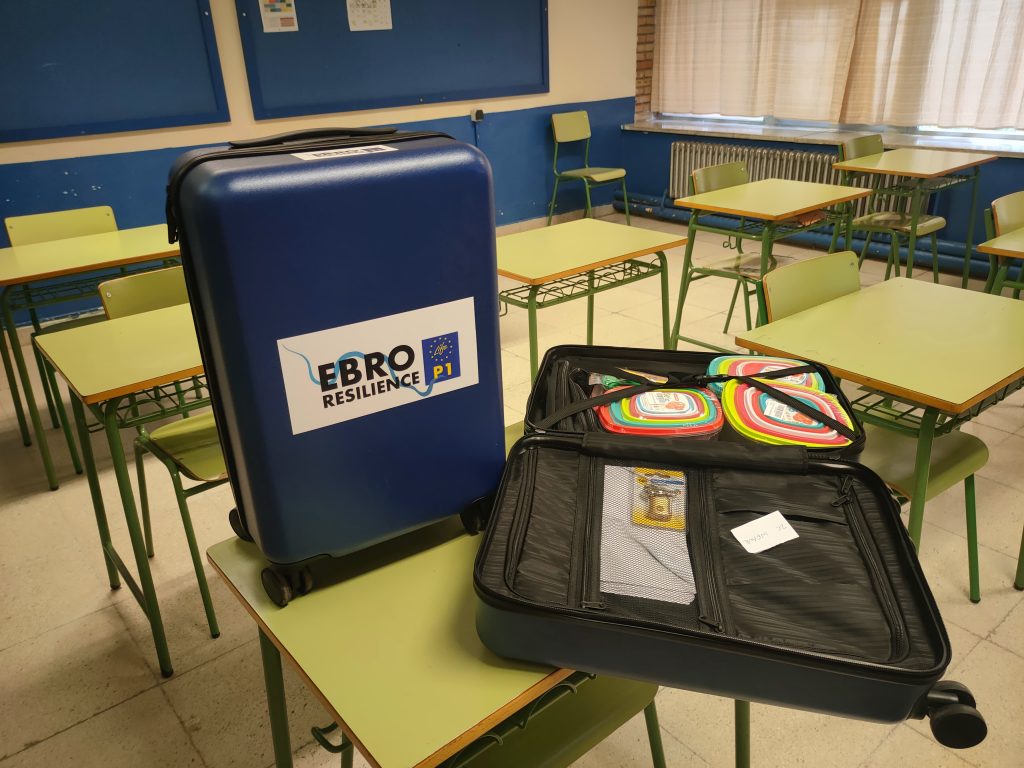
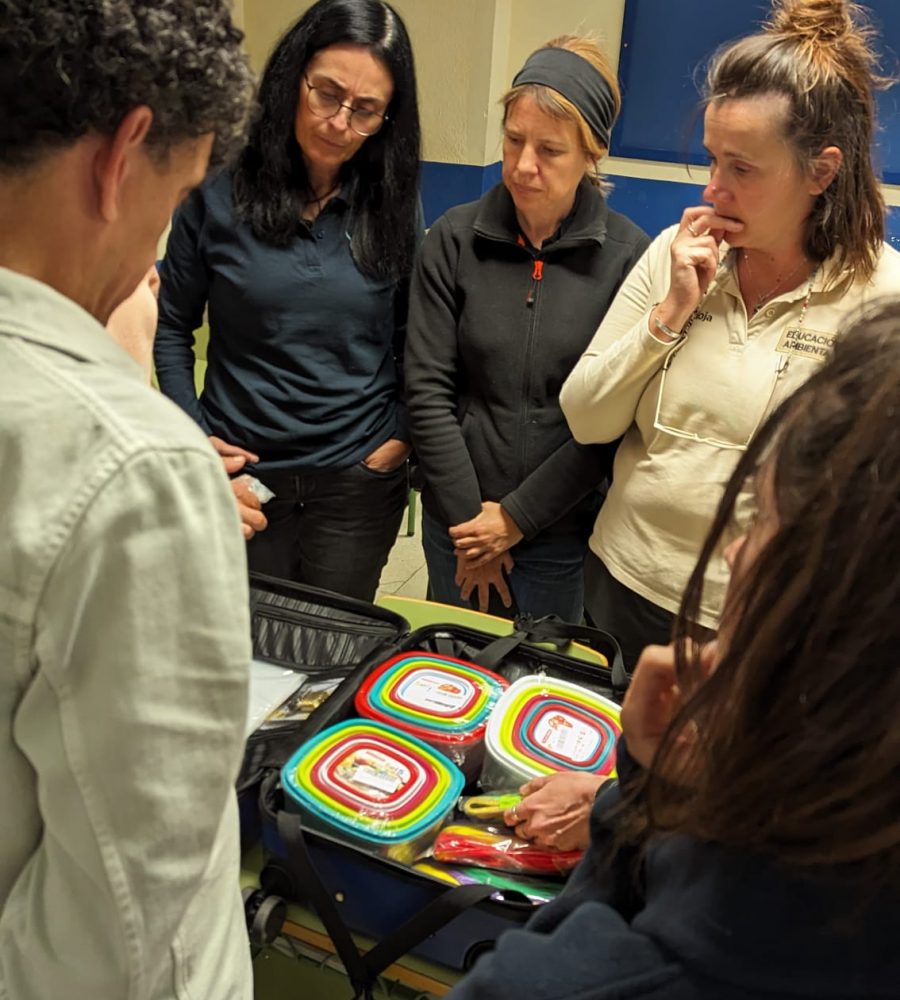
Its contents are as follows:
- Children: photos of river landscapes, the story “Orbe”, edited specifically for the project, plastic containers, chalk, pencil case, flora and fauna guides…
- 1st and 2nd Primary: in addition to the above, orthophotos, transparent boards, markers…
- 3rd and 4th grades of Primary School: landscape photos, animal templates, word search puzzles, pictures, orthophotos, tape measures, cardboards…
- Primary 5th and 6th grade: kahoot templates, flood news, roles for characters, field notebooks, pencil case, disposable gloves, plastic jars, bags, labels, magnifying glasses…
- 1st and 2nd ESO: laboratory report, a report template, letter from the water management administration (Confederación Hidrográfica del Ebro), control sheet, sample bottles, test tubes, dyes, beakers, water sampling kit, compasses, topographic maps, orientation beacons…
- 3rd and 4th of ESO: role and personal papers, report template, debate script, recording camera, cardboard, case…
You can access the contents of the units and suitcases in the documents section of the Project.
